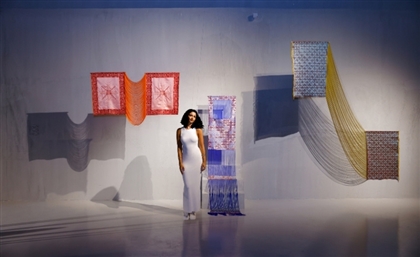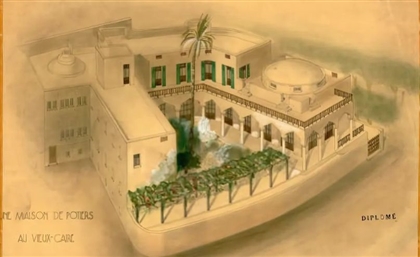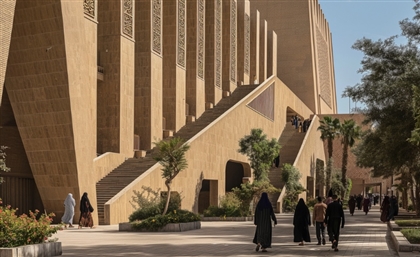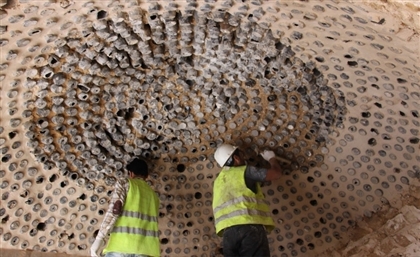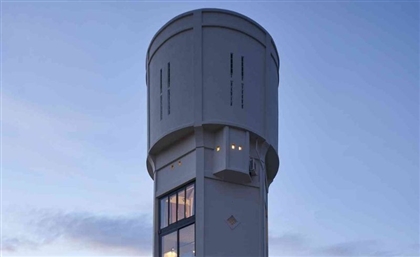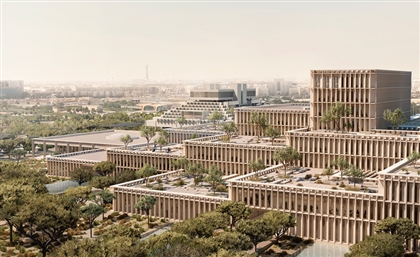Amir Taz Palace: Old Cairo’s Most Intact Mamluk Palace
Built over 650 years ago, this house commemorated the union with the daughter of Sultan Nasir bin Muhammad bin Qalawun.
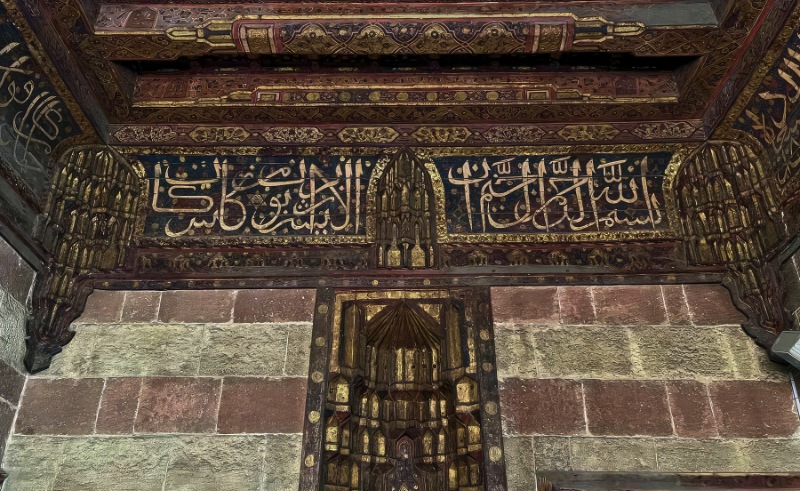
There was a time when buildings in Cairo were all about beauty and craftsmanship, and resting within the labyrinthine streets of Old Cairo, Amir Taz Palace emerges as a testament to the city’s rich history and architectural heritage.
Built over 650 years ago by Taz al-Nasiri, a valiant knight renowned for his good deeds and reverence for scholars, the palace stands as Cairo’s most intact Mamluk structure hosting a rich tapestry of Islamic, Ottoman and regional influences that defined the landscape of the 17th century.
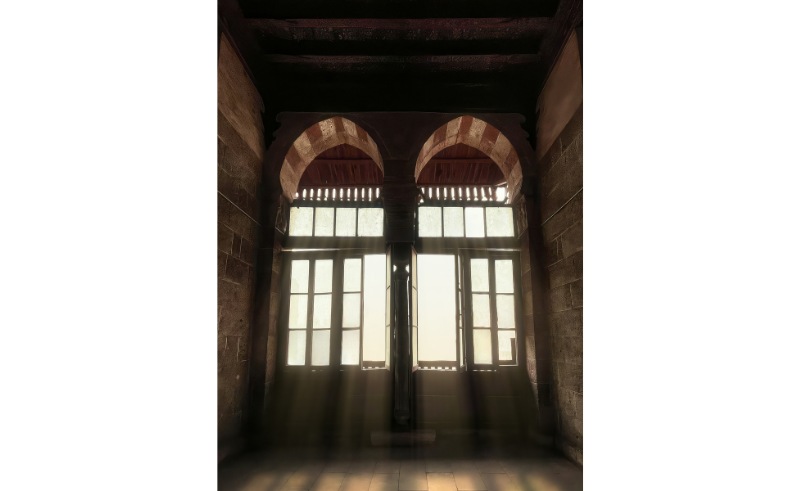 In 1352, the palace was constructed to commemorate Emir Taz’s marriage to the daughter of Sultan Nasir bin Muhammad bin Qalawun. In the 17th century, it was remodelled during the Khedive Ismail’s reform era, and has then weathered the tides of time, witnessing the ebb and flow of Cairo’s history.
In 1352, the palace was constructed to commemorate Emir Taz’s marriage to the daughter of Sultan Nasir bin Muhammad bin Qalawun. In the 17th century, it was remodelled during the Khedive Ismail’s reform era, and has then weathered the tides of time, witnessing the ebb and flow of Cairo’s history.
In recent years, a monumental restoration project breathed new life into the palace. With a vision to restore the building in a manner befitting its noble founder, the project sought to create a centre for culture and learning, seamlessly blending traditional arts with modern technology. The structure was stabilised, and damage inflicted by inappropriate additions and long-term misuse was meticulously stripped down.
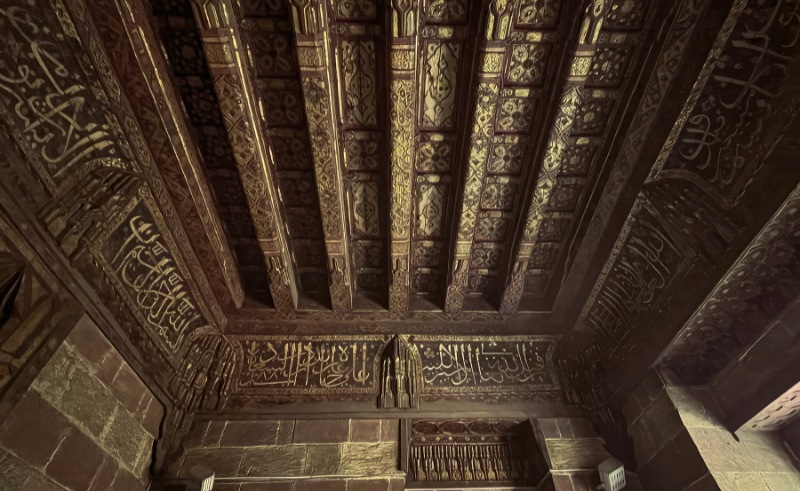 At its core lies the mesmerising octagonal hall, which boasts a high ceiling adorned with intricate stucco work, showcasing the geometric precision that defines Islamic architecture. The hall serves as a focal point within the palace, a space where form and function converge.
At its core lies the mesmerising octagonal hall, which boasts a high ceiling adorned with intricate stucco work, showcasing the geometric precision that defines Islamic architecture. The hall serves as a focal point within the palace, a space where form and function converge.
Ceilings in Amir Taz Palace are canvases of artistic expression. Wooden beams, muqarnas, and painted or carved patterns create a visual spectacle that adds to the overall opulence of the spaces. As sunlight bathes the palace’s interiors, stained glass windows adorned with delicate patterns and floral motifs come to life, casting a kaleidoscope of colours across the rooms.
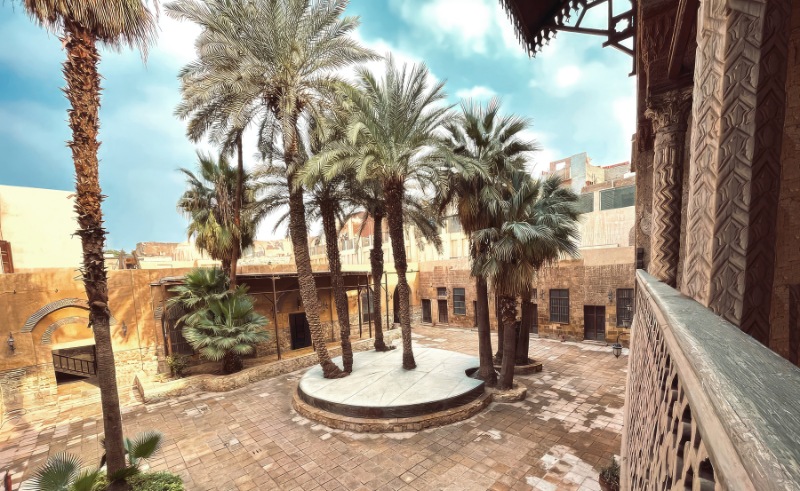 Throughout the palace, symbolic elements in the form of patterns and motifs reveal themselves. These symbols, rooted in religious significance, add layers of meaning to the architectural details, inviting visitors to decipher the narratives embedded in the very fabric of the building.
Throughout the palace, symbolic elements in the form of patterns and motifs reveal themselves. These symbols, rooted in religious significance, add layers of meaning to the architectural details, inviting visitors to decipher the narratives embedded in the very fabric of the building.
As visitors wander through the palace’s corridors, they traverse not only physical spaces but also layers of history. From the original Mamluk architecture of the 14th century to the enhancements made during the 17th century, every nook echoes the footsteps of those who shaped Cairo’s narrative.
Images Credit: Ahmed M. Barakat for Shutterstock
Video Credit: SceneHome
- Previous Article The Enduring Charm of Jeddah’s Old Town of Al Balad
- Next Article From Cattle Shed to Mamluk Heritage Home: A Spectacular Restoration




